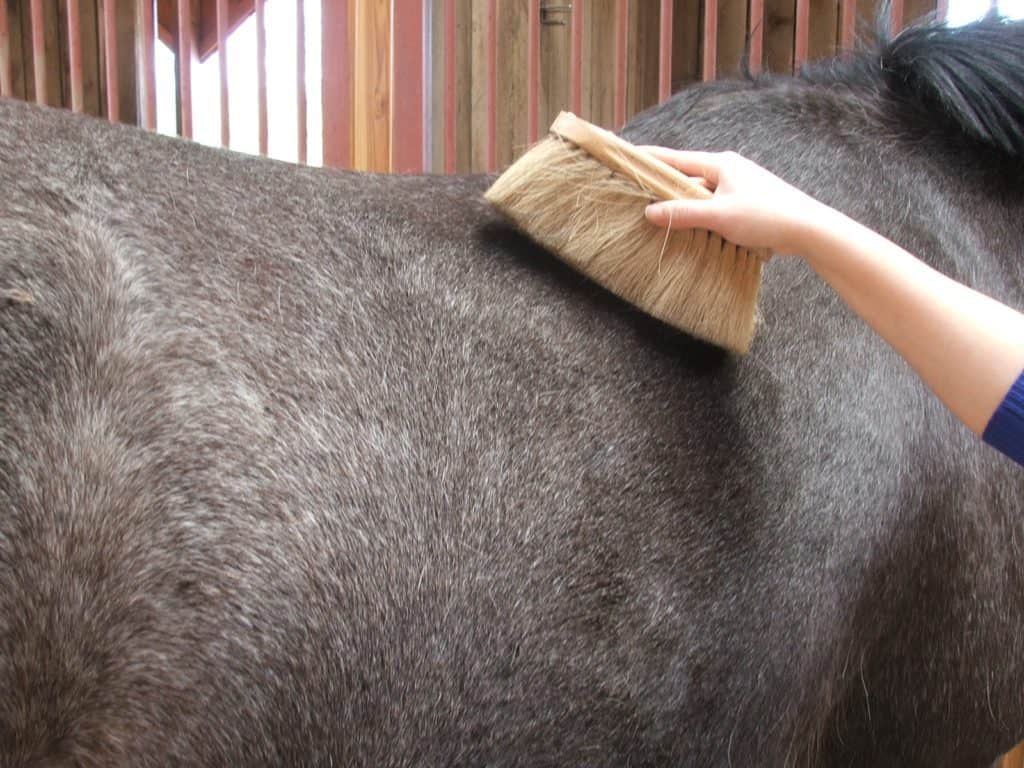
Management Changes for Older PPID Horses
Senior horses with PPID need careful monitoring and preventive care because of equine Cushing’s effects on immunity, exercise tolerance, thermoregulation, and wound healing.
Information on pituitary pars intermedia dysfunction (PPID), also known as Cushing’s Disease in horses.

Senior horses with PPID need careful monitoring and preventive care because of equine Cushing’s effects on immunity, exercise tolerance, thermoregulation, and wound healing.

While diet is not directly used to manage PPID, nutritional management goes a long way in helping support these horses.

A nutritionist offers ideas for getting a pre-Cushing’s horse to eat his supplements while maintaining his special diet.

Learn the differences between equine metabolic syndrome (EMS), pituitary pars intermedia dysfunction (PPID), and insulin dysregulation (ID).

Learn what makes managing ponies special—from their critical need for nutritional supervision to their often feisty personalities.

Get to know the nuances of donkey care, from treating metabolic issues to drug dosing.

A researcher who specializes in aging equines offers nutrition, dental care, parasite control, vaccination, exercise, and health monitoring for seniors.

One veterinarian reviews PPID research and offers recommendations for managing and treating horses with this endocrine disease.

Seven emerging researchers will receive awards to support clinical advances in equine medicine.

Veterinarians have warned owners of PPID horses about the predisposition they carry for laminitis. However, recent research suggests it’s not that black and white.

Researchers described normal pituitary gland appearance on MRI. Their findings might help veterinarians identify PPID in horses and start treatment earlier.

Get up-to-date, research-based information about early diagnosis and how to help care for your horse with Cushing’s disease.

Horses with Cushing’s have a harder time regulating their body temperature and often sport longer coats. Dr. Jeanette Mero has recommendations for keeping those horses comfortable.

Here’s a look at some common misconceptions about PPID and the truth behind them.

Pituitary pars intermedia dysfunction (PPID, or equine Cushing’s disease) is caused by an enlargement of the pituitary gland’s middle lobe (the pars intermedia), which results in an overproduction of hormones that regulate bodily functions. Learn more about this disease in our slideshow.

Learn how veterinarians diagnosed and managed six real-life equine Cushing’s cases that strayed from the classic scenarios.
Stay on top of the most recent Horse Health news with
"*" indicates required fields